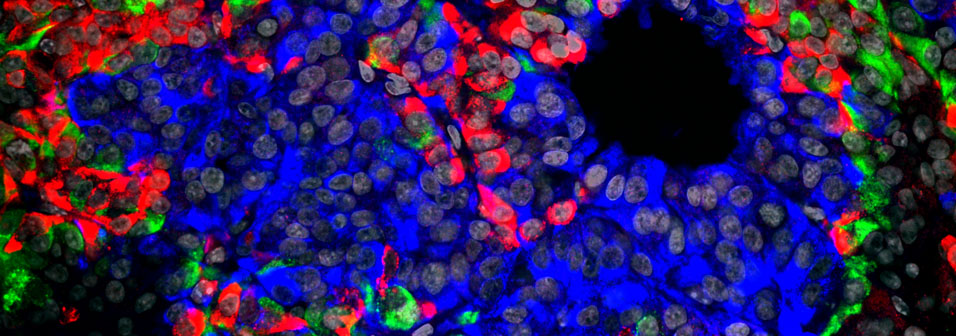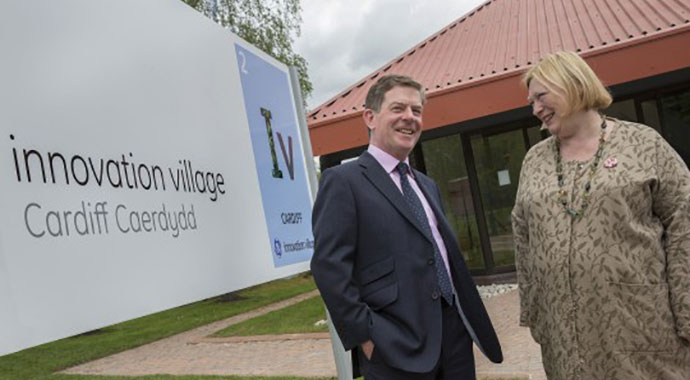Canada aims to get its fair share of the enormously promising stem-cell therapy sector.
In January, GE Healthcare, the Federal Economic Development Agency for Southern Ontario (FedDev Ontario) and the Centre for Commercialization of Regenerative Medicine (CCRM) announced the building of a center for advanced therapeutic cell technologies in Toronto with an investment of CA$43.8 million from GE and FedDev Ontario. “CCRM and GE will welcome partners from pharma, biotech and cell therapy companies to bring this initiative to life,” said a GE announcement that perhaps unintentionally resurrected the company’s longtime advertising slogan, abandoned in 2003.

The global market for cell-based therapies is expected to surpass the $20-billion USD mark by 2025, with an annual growth rate of 21 percent, said GE. But Frost & Sullivan pegs the market at $40 billion by 2020. No matter what the projections, the lucre is substantial, and so is, lest we forget, the promise of treatment. The main targets for cell-based therapies are high-impact disease areas with significant unmet need, including cancer, heart disease, neurodegenerative diseases, musculoskeletal disorder and autoimmune diseases.

“It is increasingly clear that cell therapies and regenerative medicine will transform healthcare globally, but successful industrialization is now crucial to widespread adoption,” said Kieran Murphy, CEO of GE Healthcare’s Life Sciences business, at the Toronto announcement.
GE is used to setting up life sciences incubators and centers, such as the innovation villages it established recently in Cardiff, Wales, UK; and in Helsinki, Finland. This one, however, is extremely focused and high-level.
“This new center will enable us to work with cell therapy companies to push beyond existing technical limits and problem-solve,” said Murphy. “Toronto’s concentrated and collaborative clinical infrastructure, combined with the strong guidance of the internationally-renowned CCRM, make it an ideal location for the center.”
Canada boasts over 400 stem cell scientists working in 68 research centers within, or affiliated with, 25 Canadian universities.
CCRM has a 6,000-sq.-ft. development facility used to both evaluate and advance technologies, and 40,000 sq. ft. in development for advanced cell manufacturing. CCRM will receive $20 million from the Canadian government, under its Advanced Manufacturing Fund (AMF), to establish and operate the center, once the CCRM meets the terms and conditions outlined in the contribution agreement. The funding will be used to support improvements to the new facility and the purchase of specialized equipment, as well as the development of at least five new patent applications, the commercialization of 30 new products or processes, and the creation or maintenance of 389 high-quality jobs by project completion in December 2018.

Launched in the city’s Discovery District in June 2011, CCRM is the commercialization partner of the Ontario Institute for Regenerative Medicine and the University of Toronto’s Medicine by Design.
“We have built a strong industry consortium of nearly 50 companies to help drive a collaborative approach to realizing the potential of regenerative medicine,” said Michael May, president and CEO of CCRM. “GE Healthcare already plays a leading role in that consortium and the company’s deep knowledge of the bioprocessing industry, combined with its global scale and healthcare insights, makes it the ideal anchor partner for the new center. We greatly appreciate FedDev Ontario’s support in making this crucial initiative happen. Both partners are essential to the center’s success.”

